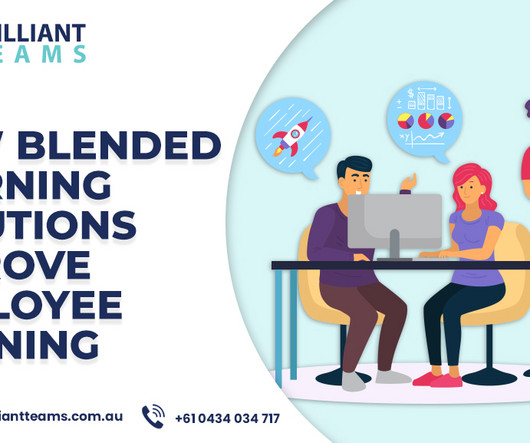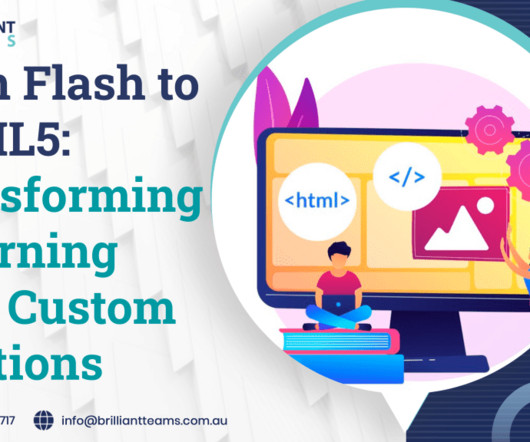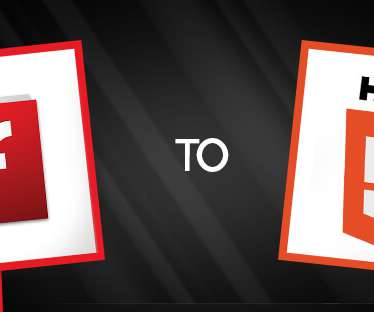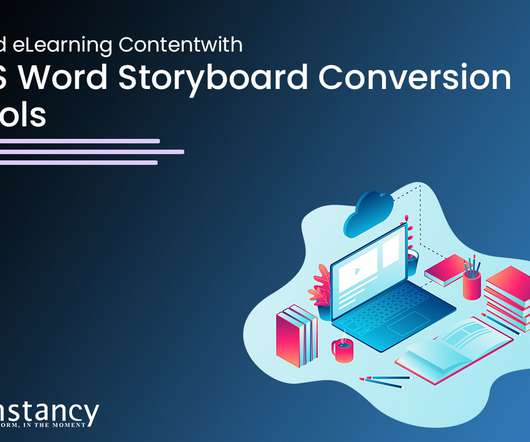Flash to HTML5 Conversion: Ensuring Compatibility and Accessibility
Brilliant Teams
JULY 31, 2023
Flash to HTML5 Conversion: Ensuring Compatibility and Accessibility - Introduction Discover the importance of Flash to HTML5 conversion for ensuring compatibility and accessibility. Explore the process, benefits, and challenges associated with Flash to HTML5 conversion.















































Let's personalize your content